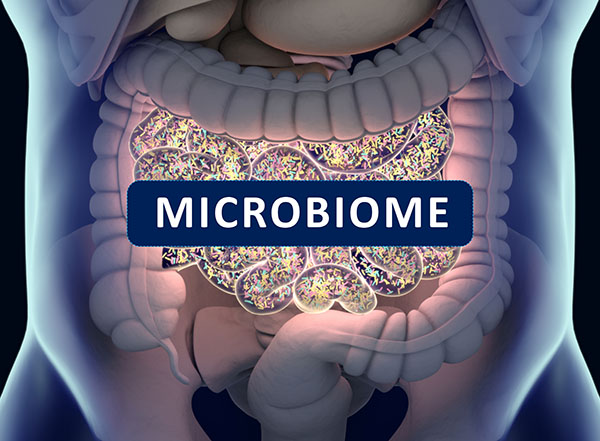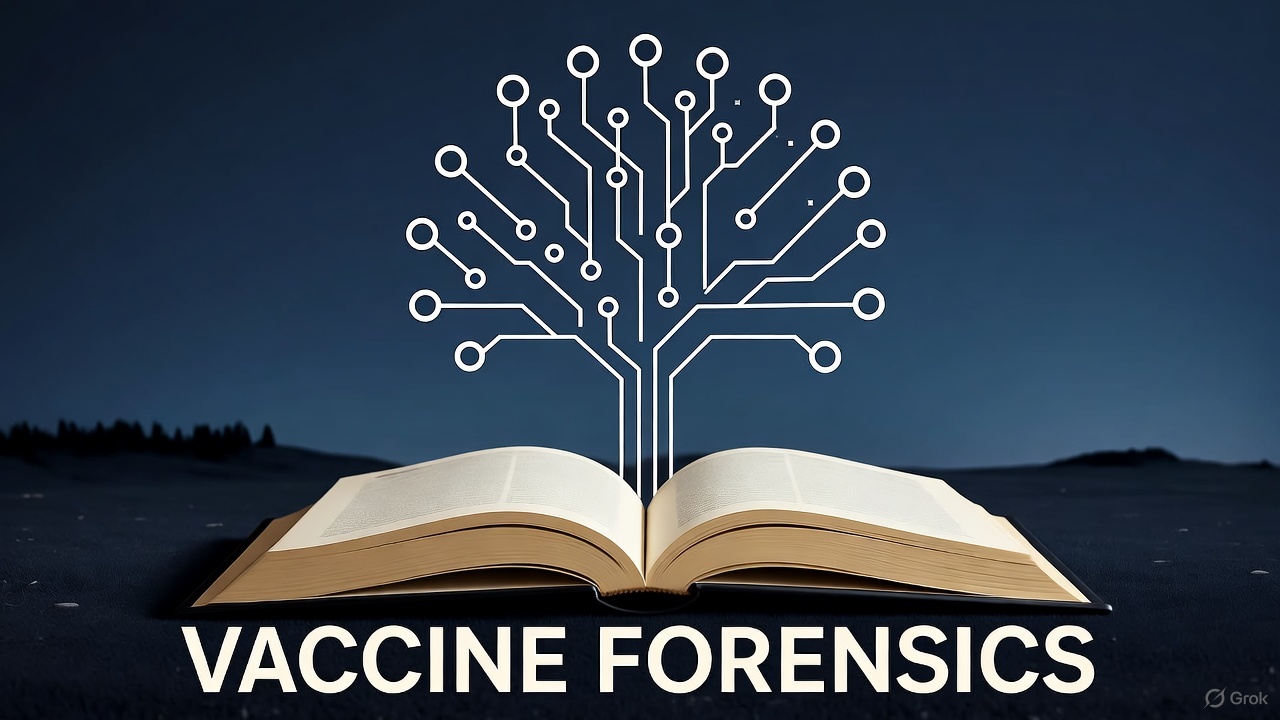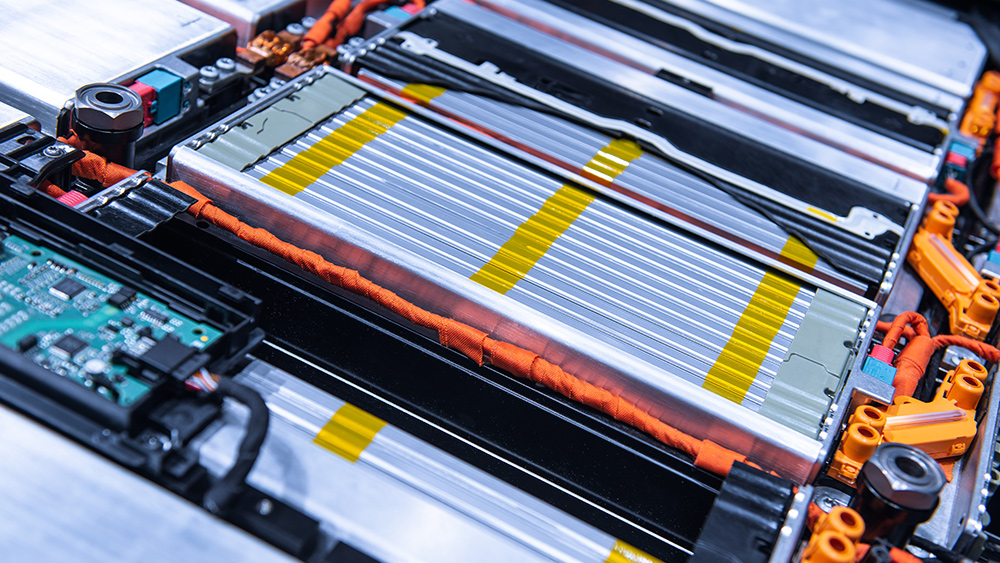 Parler
Parler Gab
Gab
- The AREDS and AREDS2 studies proved that specific nutrient combinations can reduce late-stage AMD risk by 25%.
- Lutein and zeaxanthin (found in leafy greens and orange foods) are safer and just as effective as beta-carotene, especially for smokers.
- Smoking, UV exposure, and poor diet significantly increase AMD risk—but lifestyle changes can help prevent vision loss.
- Digital screens reduce blinking rates, worsening dry eye—follow the 20-20-20 rule to protect your eyes.
- Early detection through annual eye exams is critical—AMD is irreversible once scarring occurs.
The nutrients behind healthy vision
The macula, responsible for sharp central vision, is packed with lutein and zeaxanthin, which act like "internal sunglasses" by absorbing harmful blue and UV light. Since the body can’t produce these nutrients, diet is critical. Top food sources include:- Leafy greens (spinach, kale)
- Yellow/orange foods (egg yolks, corn, peaches)
- Omega-3-rich fish (salmon, sardines)
The hidden dangers of screens and sunlight
Modern life poses new threats to eye health:- Digital screens reduce blinking rates from 15-20 per minute to just 3-5, worsening dry eye and light sensitivity. The 20-20-20 rule (every 20 minutes, look 20 feet away for 20 seconds) helps combat strain.
- UV exposure accelerates oxidative damage, increasing risks for cataracts and AMD. Sunglasses labeled UV400 offer full protection—price doesn’t matter as long as they block 100% of UV rays.
Early detection saves sight
AMD progresses silently—early signs include blurred central vision, difficulty seeing in low light, or wavy lines. Once scarring occurs, damage is irreversible. Key prevention steps:- Annual eye exams (especially after age 40)
- Stable blood sugar and blood pressure (both impact eye health)
- Regular exercise (improves circulation to the retina)
A future with clear vision
The groundbreaking AREDS (Age-Related Eye Disease Study) and its follow-up, AREDS2, have solidified the undeniable truth: nutrition and lifestyle are foundational pillars in preventing and slowing the progression of age-related macular degeneration (AMD). While the AREDS2 formula—a synergistic blend of antioxidant vitamins (C, E), zinc, copper, lutein, and zeaxanthin—has been clinically proven to reduce the risk of advanced AMD by 25%, it is only one piece of a much larger health puzzle.Beyond supplements: A holistic approach to eye health
- Colorful Whole Foods – A diet rich in dark leafy greens (spinach, kale), orange and yellow vegetables (carrots, bell peppers), and omega-3 fatty acids (wild-caught salmon, flaxseeds) provides natural lutein, zeaxanthin, and astaxanthin—critical for retinal protection.
- UV Protection – Prolonged exposure to sunlight accelerates oxidative damage. Wearing blue-light-blocking glasses and UV-protective sunglasses shields delicate retinal cells from harmful rays.
- Screen Strain Reduction – The modern epidemic of digital eye fatigue worsens AMD risk. Implementing the 20-20-20 rule (every 20 minutes, look 20 feet away for 20 seconds) and using f.lux or night mode on devices can mitigate damage.
- Detoxification & Blood Flow – Chronic inflammation and heavy metal toxicity (e.g., mercury, lead) contribute to AMD. Supporting liver detox (via NAC, milk thistle) and improving circulation (through exercise, beetroot juice) enhances ocular nutrient delivery.
A call to action: Take control of your vision
The takeaway is clear: Your eyes are a mirror of your overall health. By embracing clean eating, strategic supplementation, and proactive lifestyle habits, you can defy the degenerative fate that modern systems profit from. With 300,000+ Americans spared from blindness thanks to AREDS, imagine the impact if millions more adopted this knowledge. The future of vision is not in a pill—it’s on your plate, in your daily habits, and in your refusal to accept the lies of a broken system. See the truth—before they blind you to it. Sources for this article include: TheEpochTimes.com PMC.NCBI.NLM.NIH.gov NIH.gov AAO.orgNew AI research tool aims to examine vaccine data and UBI implications
By Finn Heartley // Share
The hidden link: How your gut microbiome influences your cancer risk
By Willow Tohi // Share
“Regenesis” on BrightU: Experts link hormone health to toxin exposure and lifestyle
By Jacob Thomas // Share
BREAKTHROUGH: Quantum batteries defy energy loss, paving way for next-gen power storage
By Kevin Hughes // Share
New AI research tool aims to examine vaccine data and UBI implications
By finnheartley // Share
Common antidepressants disrupt heart function and cause significant weight gain
By ljdevon // Share
Peer-reviewed study links UFO sightings to nuclear tests
By kevinhughes // Share
Tucker Carlson declares Putin as the "most popular leader in the world"
By kevinhughes // Share









